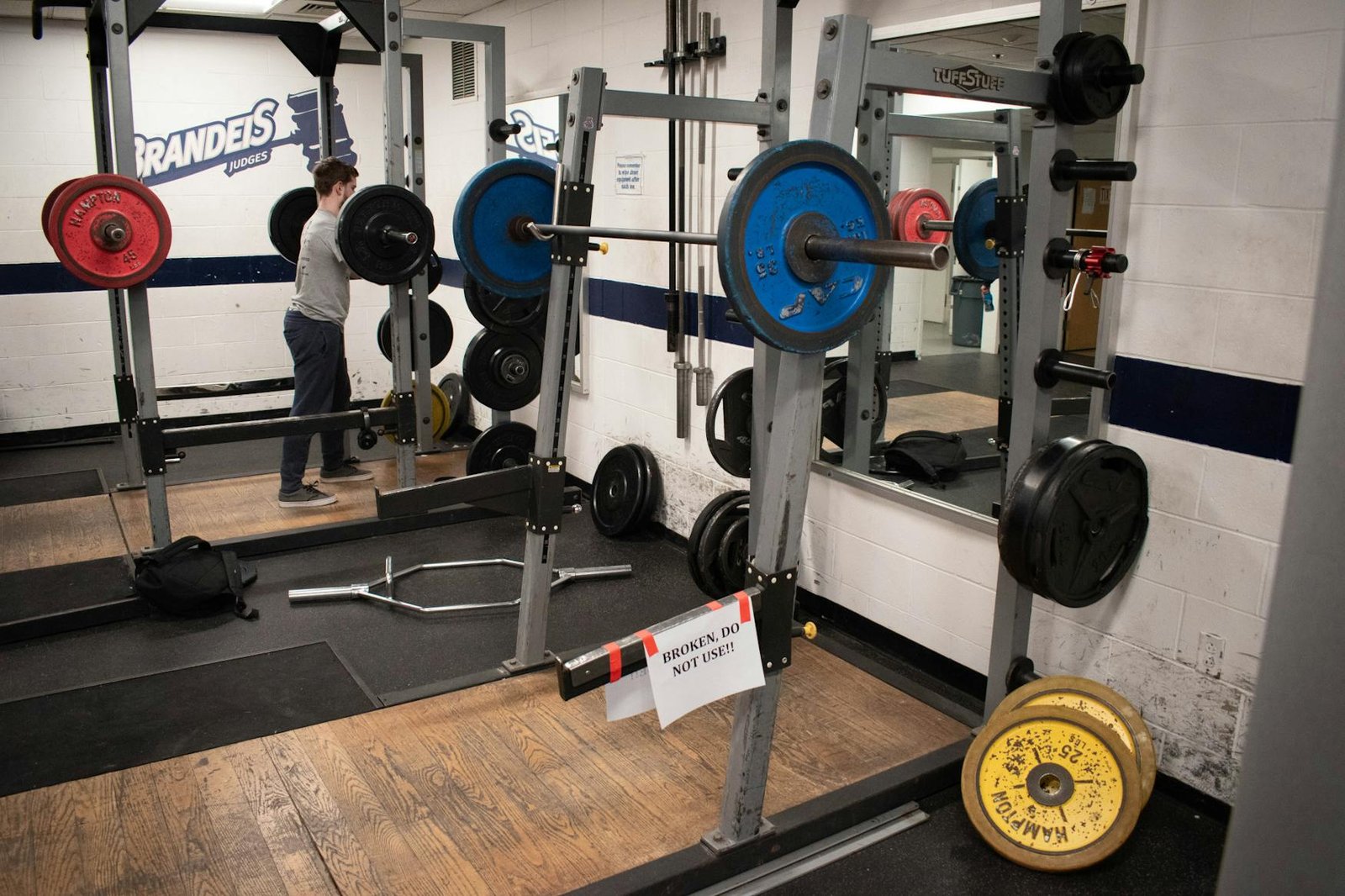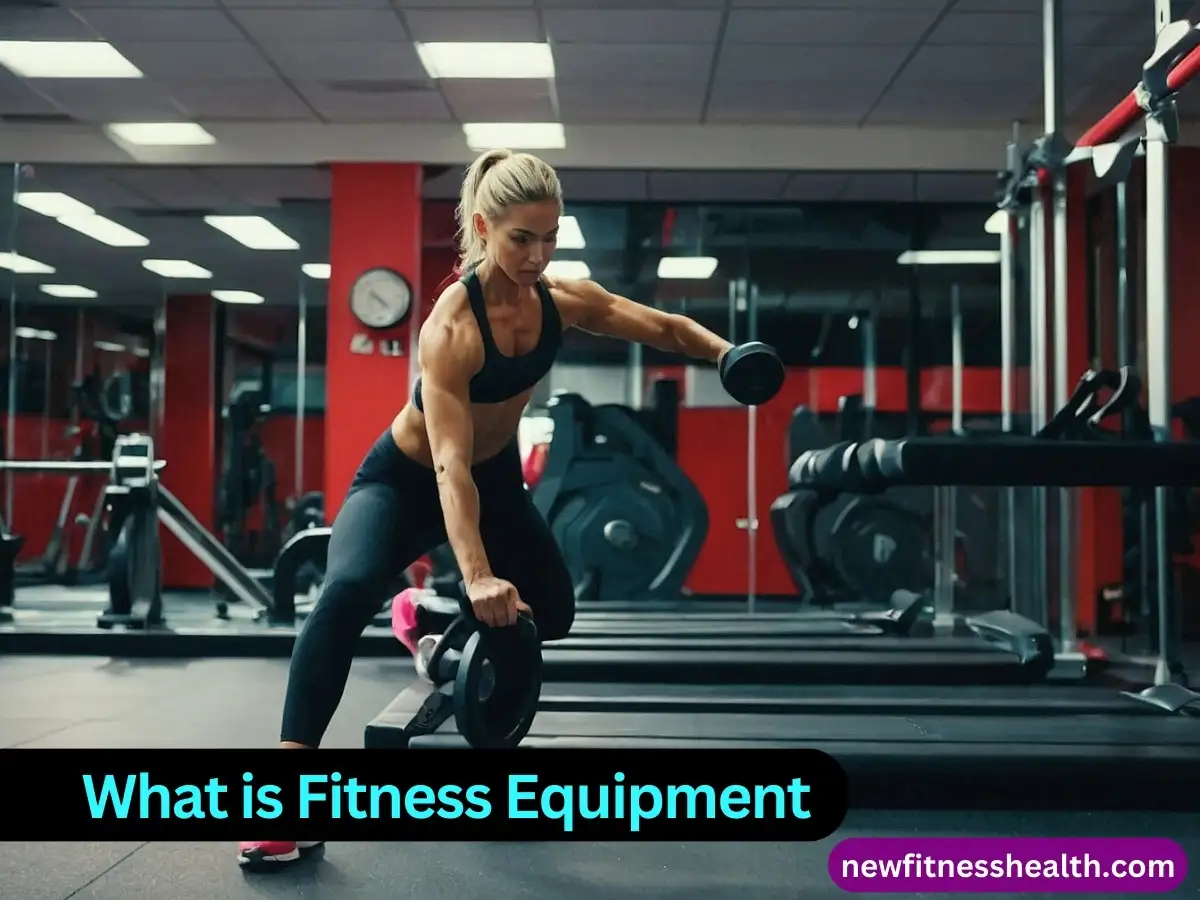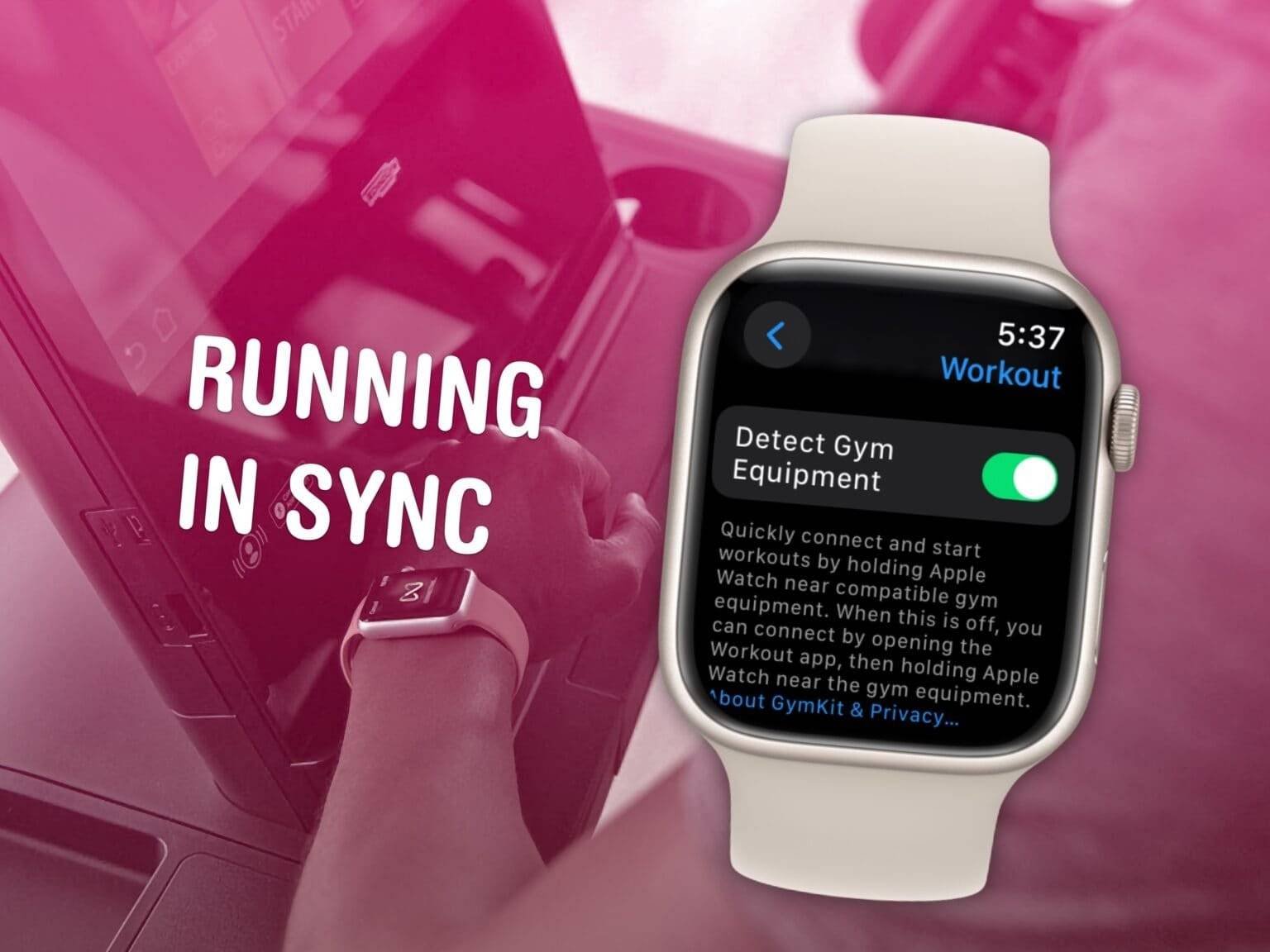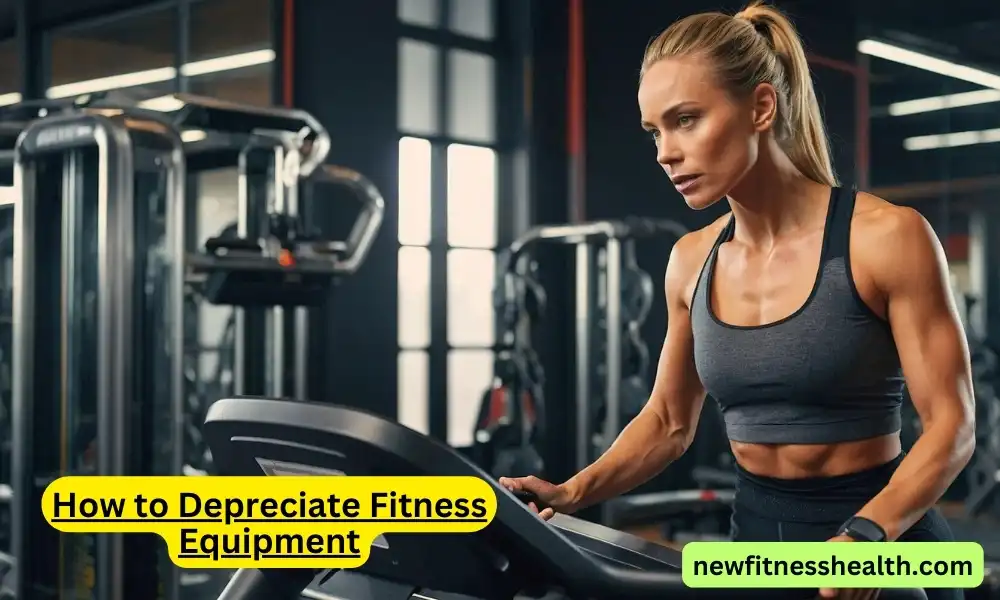Which of the following is not a type of fitness equipment used in resistance training? Treadmill.
Resistance training focuses on building muscle strength and endurance. Common equipment includes dumbbells, resistance bands, and kettlebells. These tools help target specific muscle groups and improve overall fitness. Gyms and home setups often feature a variety of resistance training gear.
This allows individuals to customize workouts to their needs. Using the right equipment can enhance performance and prevent injury. Strength training is essential for a balanced fitness routine. It supports muscle growth, bone health, and metabolic function. Regular resistance workouts contribute to long-term health benefits. Choosing the correct equipment is vital for achieving fitness goals.
Introduction To Resistance Training
Resistance training is a type of exercise that helps you build muscle strength. It involves activities that make your muscles work against a force. This type of training can be done using various types of equipment.
Benefits Of Resistance Exercise
Engaging in resistance training offers many benefits. Some of the key benefits include:
- Increased Muscle Strength: Resistance training helps your muscles grow stronger.
- Improved Bone Density: It supports bone health and reduces the risk of fractures.
- Enhanced Metabolic Rate: Building muscles can help you burn more calories.
- Better Balance and Coordination: It improves your overall stability and reduces the risk of falls.
Common Misconceptions
There are several misconceptions about resistance training. Here are a few common ones:
- Only for Bodybuilders: People think it’s only for bodybuilders, but anyone can benefit.
- Bulky Muscles: Some believe it will make them bulky, but it can simply tone muscles.
- Requires Expensive Equipment: Many think you need costly gear, but simple weights work too.
- Not for Older Adults: Some believe older adults shouldn’t do it, but it can be very beneficial for them.
Understanding these points can help you start resistance training with confidence. It’s important to know which equipment to use and which to avoid.

Credit: www.amazon.com
Essentials Of Resistance Training Equipment
Understanding the essentials of resistance training equipment can enhance your workout routine. Resistance training equipment comes in many forms. Each type serves a unique purpose. This section will cover the types of resistance machines and the uses of free weights.
Types Of Resistance Machines
Resistance machines are popular in gyms. They guide your movements and reduce injury risk. Here are some common types:
- Smith Machine: A barbell fixed within steel rails. It allows vertical movement.
- Leg Press Machine: Targets the lower body. It helps build leg strength.
- Chest Press Machine: Focuses on the chest muscles. It mimics the bench press.
- Lat Pulldown Machine: Works the back muscles. It simulates a pull-up motion.
- Cable Machine: Offers versatile exercises. You can adjust the pulleys.
Free Weights And Their Uses
Free weights allow a full range of motion. They engage stabilizing muscles. Here are some types and their uses:
- Dumbbells: Versatile and easy to handle. Ideal for both arms and legs.
- Barbells: Great for compound movements. Useful for squats, deadlifts, and bench press.
- Kettlebells: Useful for dynamic movements. Great for swings and snatches.
- Weight Plates: Attach to barbells. They help in customizing the weight load.
- Medicine Balls: Ideal for explosive movements. Good for throws and slams.
Choosing the right equipment is essential. It ensures effective and safe workouts. Each piece serves a specific function. Knowing their uses can optimize your training.
Elastic Resistance Options
Elastic resistance options are popular in resistance training. They are versatile, portable, and effective. These options are great for all fitness levels. They include resistance bands and tubes.
Resistance Bands
Resistance bands are made of elastic material. They come in various resistance levels. You can use them for many exercises. They are great for strength training and rehabilitation.
| Resistance Level | Color |
|---|---|
| Light | Yellow |
| Medium | Red |
| Heavy | Blue |
| Extra Heavy | Black |
- Easy to carry
- Affordable
- Great for home workouts
Tube Exercises
Tube exercises use resistance tubes. These tubes have handles at the ends. They offer great grip and control. You can perform many exercises with them.
- Bicep Curls
- Tricep Extensions
- Chest Press
- Squats
Resistance tubes are durable. They are perfect for full-body workouts. You can adjust the resistance easily.
Incorporate these elastic resistance options into your routine. They are effective and easy to use.
Hydraulic And Pneumatic Equipment
Hydraulic and pneumatic equipment are often used in resistance training. They are known for their unique mechanisms to provide resistance. Understanding these mechanisms helps in choosing the right equipment for your fitness goals.
Understanding Hydraulic Resistance
Hydraulic resistance machines use fluid to create resistance. They are adjustable and provide a smooth workout. These machines are ideal for those seeking low-impact exercise. The resistance level changes based on the user’s speed and force. This makes them perfect for both beginners and advanced users.
Hydraulic machines are commonly found in physical therapy centers. They help in rehabilitation and recovery. The following table highlights key features of hydraulic resistance machines:
| Feature | Description |
|---|---|
| Adjustable Resistance | Resistance can be easily changed |
| Low Impact | Gentle on joints and muscles |
| Speed-Based Resistance | Resistance varies with the speed of movement |
| Ideal for Rehabilitation | Commonly used in physical therapy |
Benefits Of Air-powered Machines
Pneumatic or air-powered machines use compressed air to create resistance. They are quiet and smooth in operation. These machines offer precise resistance control. They are suitable for high-intensity training and endurance workouts. Air-powered machines are also easy to maintain and clean.
Here are some benefits of using pneumatic equipment:
- Quiet Operation: Minimal noise during workouts.
- Precise Control: Adjust resistance with fine increments.
- Low Maintenance: Easy to clean and maintain.
- Versatile: Ideal for various fitness levels.
Air-powered machines are often found in commercial gyms. They are durable and designed for frequent use.
Bodyweight Training Gear
Bodyweight training gear is essential for resistance training. Unlike traditional weights, this gear uses your body weight. This method is effective and convenient. Let’s explore some popular options.
Suspension Trainers
Suspension trainers are versatile tools. They consist of straps and handles. You can anchor them to a door or tree. They allow various exercises.
- Push-ups
- Rows
- Squats
- Planks
Suspension trainers engage multiple muscle groups. They improve stability and strength. Suitable for all fitness levels.
Portable Pull-up Bars
Portable pull-up bars are great for upper body workouts. These bars can be set up in doorways. They support exercises like:
- Pull-ups
- Chin-ups
- Leg raises
They are easy to install and remove. Lightweight and compact, they fit in small spaces. Perfect for home use.
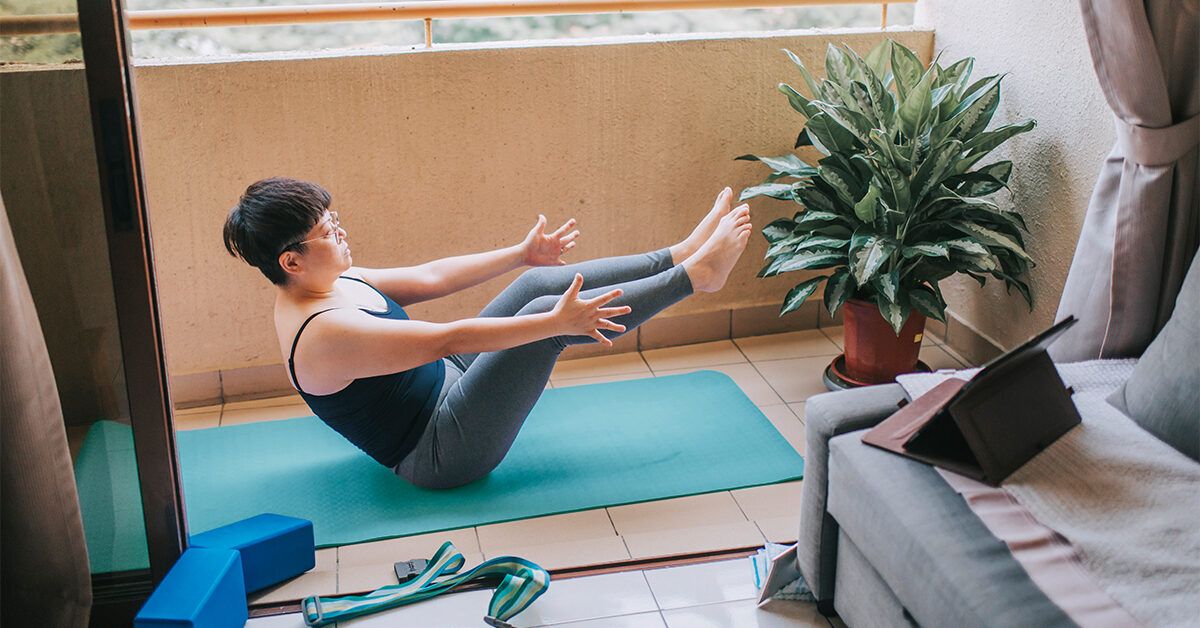
Credit: www.healthline.com
Innovative And Alternative Tools
Resistance training involves various equipment to enhance strength and endurance. Besides traditional tools, innovative and alternative tools are gaining popularity. These tools provide unique benefits and cater to specific training needs.
Water-filled Equipment
Water-filled equipment is an exciting addition to resistance training. It uses the natural resistance of water to create a dynamic workout. The instability of water challenges your muscles in new ways.
Examples of water-filled equipment include:
- Aqua Bags: These are bags filled with water, used for lifting and swinging.
- Water Kettlebells: Similar to traditional kettlebells but filled with water.
- Water Dumbbells: Used in the same way as regular dumbbells but with water inside.
These tools are great for improving balance and core strength.
Vibration Platforms
Vibration platforms are another innovative tool in resistance training. They involve standing or exercising on a vibrating surface. The vibrations cause your muscles to contract rapidly.
Benefits of vibration platforms include:
- Increased muscle activation
- Improved circulation
- Enhanced flexibility
Common exercises on vibration platforms include squats, lunges, and planks. These exercises become more challenging due to the vibrations.
While not traditional, these tools offer unique benefits for resistance training.
Identifying Non-resistance Equipment
Resistance training uses equipment to build muscle strength. Knowing which items are not for resistance training helps. This guide helps identify non-resistance equipment.
Cardio Machines
Cardio machines help with heart health. They do not build muscle strength like resistance equipment. Here are some common cardio machines:
- Treadmills: Used for walking or running indoors.
- Ellipticals: Provide a low-impact workout for the whole body.
- Stationary Bikes: Good for leg workouts and improving heart health.
- Rowing Machines: Mimic the action of rowing a boat.
These machines focus on cardiovascular endurance. They do not count as resistance training equipment.
Balance And Stability Aids
Balance and stability aids help improve coordination. They are not for building muscle strength. Here are some examples:
- Balance Boards: Help with balance and core strength.
- Stability Balls: Used for various exercises to improve balance.
- Bosu Balls: Half-ball used for balance and stability exercises.
- Foam Rollers: Aid in muscle recovery and flexibility.
Balance and stability aids are useful for overall fitness. They do not serve the purpose of resistance training.
Decoding The Misfit
Resistance training helps build muscle strength. It uses specific equipment. Not all gym gear fits this category. Some might surprise you as non-resistance tools.
Spotting Non-resistance Apparatus
Identifying non-resistance gear is essential. Let’s list common gym equipment.
- Dumbbells
- Resistance Bands
- Barbells
- Yoga Mats
- Medicine Balls
Among these, which one stands out? The Yoga Mat is the misfit. It supports, but doesn’t add resistance.
Why Some Equipment Don’t Qualify
Resistance training tools must provide resistance. They need to challenge muscles. A Yoga Mat doesn’t do that. It’s for support and balance exercises.
Here’s why:
- Yoga Mats provide a non-slip surface.
- They offer comfort during floor exercises.
- They don’t add weight or resistance to muscles.
Understanding these differences is crucial. It helps select the right tools for effective workouts.
Making The Right Choice For Your Training
Choosing the right fitness equipment can be daunting. Each piece of equipment serves a different purpose. This guide helps you make informed choices. Discover which type of fitness equipment is not used in resistance training.
Assessing Your Fitness Goals
First, identify your fitness goals. Are you aiming to build muscle? Do you want to improve endurance? Maybe you want to lose weight? Your goals will determine the right equipment.
Aligning Equipment With Training Needs
Each type of equipment has a unique function. Aligning your needs with the right tools is crucial. Here are some common types of resistance training equipment:
| Equipment Type | Purpose |
|---|---|
| Free Weights | Build muscle strength |
| Resistance Bands | Improve flexibility and strength |
| Weight Machines | Target specific muscle groups |
| Cardio Machines | Enhance cardiovascular fitness |
As you can see, cardio machines are not typically used in resistance training. They focus on cardiovascular health, not muscle strength. Make sure your choice of equipment aligns with your training needs.
Safety Considerations In Resistance Training
Resistance training is great for building strength. But safety is crucial. Using equipment correctly can prevent injuries. Let’s explore some safety tips.
Proper Use Of Equipment
Using equipment properly is the first step to stay safe. Always read the instructions. If unsure, ask a trainer.
Here are some tips:
- Warm up before using weights or machines.
- Check equipment for any damage before use.
- Start with light weights and gradually increase.
| Equipment | Proper Use |
|---|---|
| Dumbbells | Keep a firm grip and control the movement. |
| Resistance Bands | Anchor securely and pull with steady force. |
| Weight Machines | Adjust to your height and follow the guide. |
Avoiding Common Injuries
Injuries can happen if you’re not careful. Avoid common mistakes to stay injury-free.
- Don’t rush through your exercises.
- Maintain good posture to protect your back.
- Listen to your body; stop if you feel pain.
Here’s a quick list of common injuries and how to avoid them:
- Strains: Use proper form and don’t overdo it.
- Sprains: Warm up and cool down properly.
- Tendonitis: Vary your exercises to avoid repetitive strain.
The Future Of Fitness Equipment
The world of fitness equipment is ever-evolving. New technologies are transforming how we exercise. The future of fitness equipment looks brighter than ever.
Technological Advancements
Today’s fitness equipment is smarter and more efficient. Machines now come with built-in screens, offering interactive workouts. Virtual trainers guide you through exercises, correcting your form.
Wearable technology is another game-changer. Smartwatches and fitness trackers monitor your heart rate, steps, and even sleep quality. These devices sync with your fitness equipment for a seamless experience.
Artificial intelligence is making waves in the fitness industry. AI-powered machines can tailor workouts to your specific needs. They adapt based on your performance, making each session unique.
Predicting New Trends In Resistance Training
Resistance training is also seeing exciting innovations. Smart dumbbells and barbells are becoming popular. These weights adjust resistance automatically, providing a customized workout.
Virtual reality (VR) is another emerging trend. VR can simulate various training environments, making workouts more engaging. Imagine lifting weights on a beach or in a futuristic gym.
Connected home gyms are revolutionizing how we train. These systems offer a complete workout solution at home. They come with various attachments and can track your progress.
| Technological Advancement | Impact on Fitness Equipment |
|---|---|
| Built-in Screens | Interactive Workouts |
| Wearable Technology | Monitors Health Metrics |
| Artificial Intelligence | Tailored Workouts |
| Smart Weights | Adjustable Resistance |
| Virtual Reality | Engaging Training Environments |
The future of fitness equipment is promising. New technologies will make workouts more effective and enjoyable. Stay tuned for these exciting advancements.

Credit: www.healthline.com
Frequently Asked Questions
What Is Resistance Training Equipment?
Resistance training equipment includes weights, resistance bands, and machines designed to build muscle strength and endurance.
Are Kettlebells Used In Resistance Training?
Yes, kettlebells are commonly used in resistance training to improve strength, flexibility, and cardiovascular health.
Is A Treadmill Used For Resistance Training?
No, a treadmill is primarily used for cardiovascular exercises like walking, jogging, and running, not resistance training.
Can Resistance Bands Replace Weights?
Resistance bands can effectively replace weights for many exercises, providing similar muscle-building benefits with added versatility.
What Type Of Equipment Is A Barbell?
A barbell is a type of resistance training equipment used for weightlifting exercises to build muscle strength and mass.
Conclusion
Choosing the right equipment is essential for effective resistance training. Understanding which items are not used can save you time. Focus on gear that enhances strength and meets your fitness goals. Stay informed and make smart choices to optimize your workout routine.
Achieve better results with the right fitness tools.

